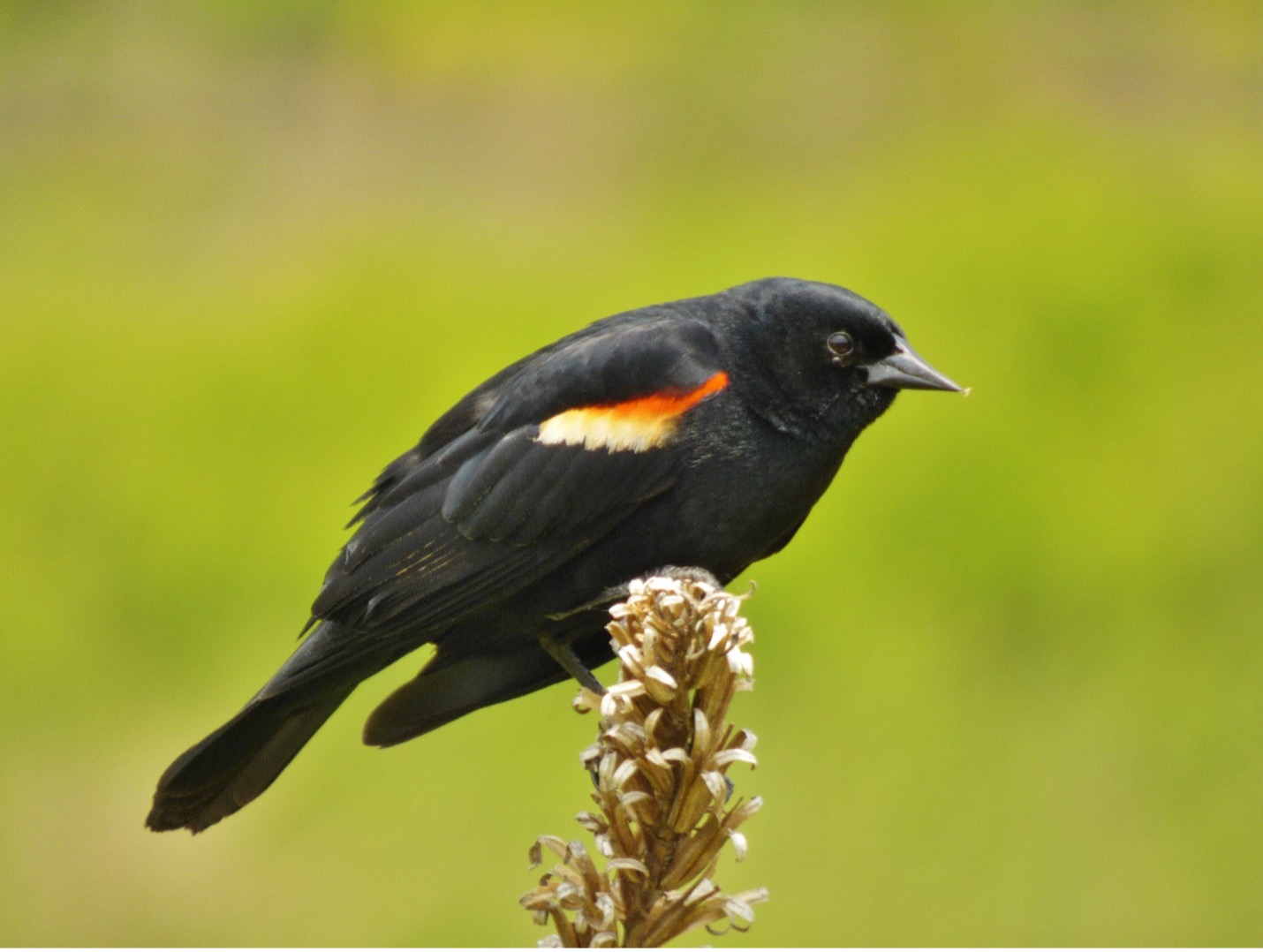Prevent Hungry Birds From Eating Your Sweet Corn Crop
May 8, 2024
Corn. As far as the eye can see. Much of America’s growing lands are dominated by the stuff – which is used to feed our livestock, fuel our vehicles, and fill our dinner plates.
While sweet corn accounts for a small fraction of the nation’s corn crop (only 1%!), it is the type of corn most commonly found on our tables. From corn on the cob to corn chowder, and canned corn to creamed corn, sweet corn is a spring and summertime fixture we can’t seem to get enough of. Unfortunately for farmers, neither can birds.
What Damage Do Birds Cause?
Birds cause millions of dollars of damage to sweet corn crops each year. Red-winged blackbirds, brown headed cowbirds, grackles, and European starlings are among the worst offenders.
As corn ripens, birds target and eat the newly visible kernels. Unfortunately, even if just a small number of kernels are damaged by a bird, the entire ear of corn is unsuitable for the market.
To make matters worse, as birds feed, their droppings can contaminate surrounding crops. In the late summer when birds concentrate into flocks of tens of thousands, their feasting and waste can effectively destroy nearly an entire crop. In fact, a study conducted by Cornell Cooperative Extension found that 84% of sweet corn farmers in western New York experienced crop losses due to birds.
How Farmers Can Prevent Birds from Eating Sweet Corn
Luckily, a few methods do effectively deter birds from eating and damaging sweet corn crops. All successful control measures have the following characteristics:
They are random
Birds are incredibly intelligent and can quickly determine whether deterrents pose a true threat. When a deterrent is set on a repetitive schedule or moves in an unvarying pattern, birds quickly learn how to avoid the deterrent while still accessing the crop.
They are continuously present
Deterrents that are used inconsistently do not stop birds from devouring crops. Birds often end up avoiding crops only when the deterrent is present, but return as soon as it’s gone.
They produce an aversive effect on birds or completely remove access
For a deterrent to be effective, it must either truly scare birds (not just startle or annoy them), cause physical irritation, or prevent them from accessing the corn entirely.
Most Effective Control Methods
For smaller plots, inflatable, moveable scarecrows and other decoys can work if they are frequently repositioned.
Methyl anthranilate, a chemical irritant, is another suitable deterrent for smaller fields. The chemical (which is humane and causes no long-term harm) impairs birds’ senses of taste and smell and repels them from crops.
Autonomic laser systems are a highly effective deterrent that work on cornfields of any size. Birds perceive laser beams as threats, so they avoid any area where beams sweep (though they cause no actual harm to birds). Laser systems like the AVIX Mark II continuously sweep a targeted area in random patterns, so birds cannot learn how to work around the system and return to the area. The long-term solution is so effective at deterring birds that it reduces crop losses by over 70%.
Migratory Bird Management has used lasers and other deterrents to humanely control birds for two decades. Click the video below to learn how our team helped Randy’s Vegetables protect his sweet corn crop with lasers.
Contact us today to learn how to protect sweet corn with laser systems




 0
0
